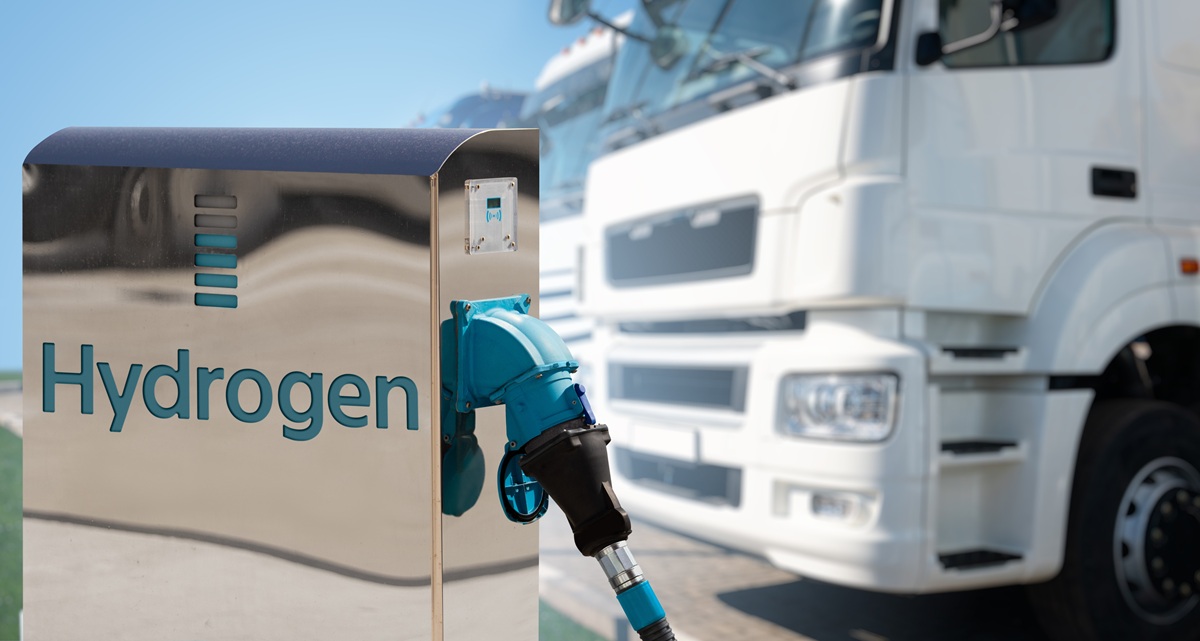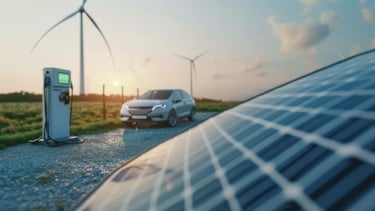Testing hydrogen tanks: ensuring safety, quality and reliability
Hydrogen is playing an increasingly important role as a sustainable energy carrier, both for vehicles and for stationary applications and transport storage. The storage tank is a crucial component: without a safe, reliable and leak-tight cylinder, the safe use of hydrogen is simply not possible. What does it take to test hydrogen tanks and components? And how do we ensure that only products of proven quality and safety reach the market?
As a pioneer in the hydrogen sector, Kiwa has many years of experience in testing, inspecting and certifying hydrogen applications. At Kiwa’s unique hydrogen laboratory in Apeldoorn, one of the few in Europe, tests are carried out under strict safety conditions with hydrogen at high pressure, variable temperatures and realistic operating conditions. In this way, Kiwa not only provides certainty regarding quality and safety, but also access to high-level technical expertise and innovation capacity.
High Pressure, high Demands
Hydrogen has specific properties: it has low energy density and relatively small molecules. Therefore, it is compressed to very high levels, often up to 700 bar, for practical storage. This places strict demands on the design of hydrogen tanks. They must:
- Be strong enough to withstand this pressure over long periods of time
- Remain leak-tight despite the small size of hydrogen molecules
- Resist temperature fluctuations and other external influences
Composite tanks of the so-called ‘Type IV’, commonly used in vehicles, consist of a polymer liner and a fiber-reinforced outer shell. This must not only be strong and gas-tight, but also flexible enough to absorb internal pressure differences.
Service life and stress
Absolute gas tightness does not exist. All tanks show some degree of permeation: the slow escape of very small amounts of hydrogen through the liner. The level of permeation depends on the materials used and the operating conditions. This is carefully tested to ensure that permeation remains within defined limits.
In practice, a hydrogen tank is also exposed to mechanical stresses, temperature variations and material aging. Especially during fast refueling, such as in vehicles, significant dynamic loads occur. For this reason, tanks are tested for:
- Pressure cycles (for example, 30,000 cycles from low to high pressure)
- Extreme temperatures (between -40°C and +85°C)
- Mechanical impacts such as drops, shocks or exposure to chemicals
- Artificial damage
Testing with hydrogen gas
Some standards also require tests with hydrogen itself to measure real-world performance. These are conducted under working pressure and over longer periods, sometimes up to four weeks. In addition, tanks are repeatedly filled with cooled hydrogen (down to -40°C) to simulate realistic refueling scenarios. Only a limited number of laboratories worldwide, including Kiwa’s, have the necessary facilities and expertise to conduct such tests, particularly for large tanks (up to 700 liters and 700 bar).
Impact and fire testing
Safety is paramount. Tanks are therefore also tested for their behavior under accident conditions, for example:
- Bonfire tests: the tank is exposed for 12 minutes to flames of at least 800°C. It must not explode and must safely vent through its built-in safety valves.
- Gunfire tests: the tank is shot with a firearm. Again, no explosion is permitted and pressure must be released in a controlled way.
Certification and quality assurance
Only after a tank has successfully passed all required tests does certification come into play. Standards, market regions and applications are key here:
- For vehicles in Europe, UN ECE R134 and EU Regulation 2021/535 apply, under the supervision of a national authority such as the Dutch RDW.
- For transport applications, other rules apply (such as TPED/ADR), with an independent body like Kiwa acting as a Notified Body.
But quality control does not stop with certification. Kiwa performs regular audits at manufacturers, checks production batches through random sampling (burst tests, cycle tests) and assesses quality management systems.

Continuous development
The hydrogen market is evolving rapidly. New applications, improved materials and technological innovations create a constant learning curve. Kiwa closely follows these developments and actively contributes to the creation of new international standards. In this way, we ensure that safety, quality and innovation go hand in hand, today and in the future.
More information?
Would you like to know more about how Kiwa can support your organization in testing and certifying hydrogen tanks or components? Please feel free to contact us. Our experts are happy to help.
Useful links
Want to know more on the energy transition?
Our experts have deep knowledge and experience in specific fields. Questions, dilemmas or just curious?
Energy Transition
A new energy system is emerging. We must combat global warming by reducing the harmful carbon emissions associated with our energy systems.

